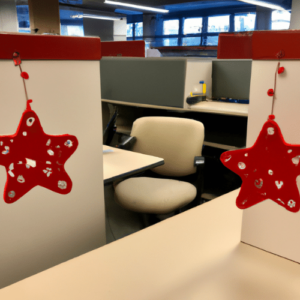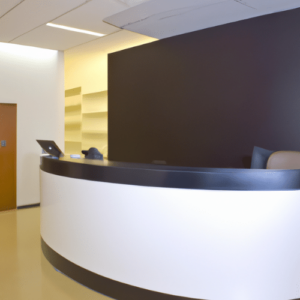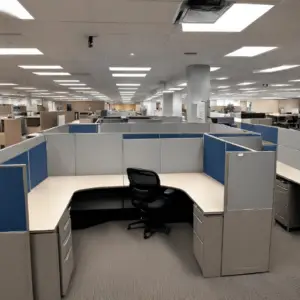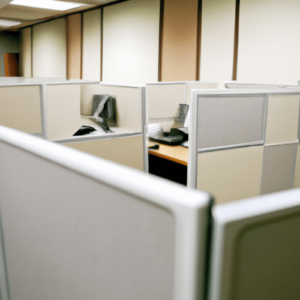
Menu
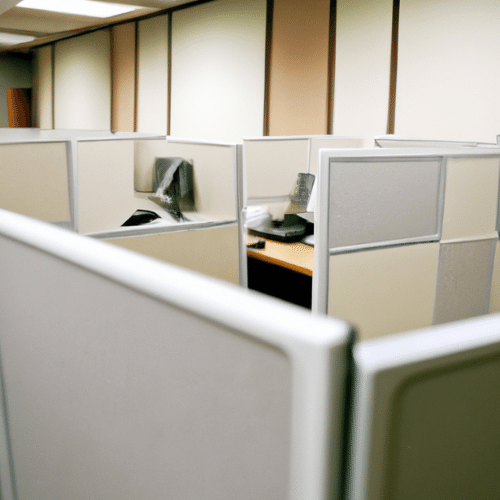
In the ever-evolving landscape of office design, the layout plays a crucial role in shaping the way people work and interact. Over the years, office layouts have transformed significantly, reflecting changes in work culture, technology, and employee preferences. From the traditional cubicles to open-plan offices and now to more flexible, collaborative spaces, let’s explore this evolution and its impact on productivity and employee well-being.
Traditional Cubicles:
The 1960s saw the rise of the cubicle, a design meant to provide employees with a private space while maintaining a sense of openness. Cubicles were intended to increase productivity by reducing distractions and fostering a sense of ownership over one’s workspace. However, over time, they became synonymous with isolation and monotony, leading to a rethinking of office design.
Open-Plan Offices:
The late 20th century witnessed the emergence of open-plan offices, characterized by a layout devoid of walls or barriers. This design aimed to promote collaboration, communication, and a sense of equality among employees. While open-plan offices encouraged interaction, they also brought challenges such as noise, lack of privacy, and difficulty in concentration.
Activity-Based Working:
In recent years, the concept of activity-based working (ABW) has gained popularity. ABW acknowledges that different tasks require different environments and provides employees with a variety of spaces tailored to their needs. This approach offers flexibility, allowing employees to choose where and how they work based on the task at hand, whether it’s collaborating in a meeting room, focusing in a quiet area, or socializing in a communal space.
Collaborative Spaces:
The latest trend in office layout design is the integration of collaborative spaces. These spaces are designed to encourage spontaneous interactions, brainstorming sessions, and team collaborations. They often feature comfortable furniture, whiteboards, and technology that facilitate collaboration. By fostering a sense of community and teamwork, these spaces can boost creativity and innovation.
Balancing Design and Functionality:
While the shift towards more open and collaborative office layouts has its benefits, it’s essential to strike a balance between design and functionality. Factors such as acoustics, lighting, ergonomic furniture, and access to nature can significantly impact employee well-being and productivity. Incorporating biophilic design elements, such as natural light and greenery, can help create a more pleasant and inspiring work environment.
Conclusion:
Office layout design has come a long way from the days of cubicles to the dynamic, collaborative spaces of today. By understanding the evolving needs of employees and leveraging innovative design concepts, companies can create work environments that enhance creativity, productivity, and overall employee satisfaction. As we continue to embrace new ways of working, the office layout will remain a critical factor in shaping the future of work.

